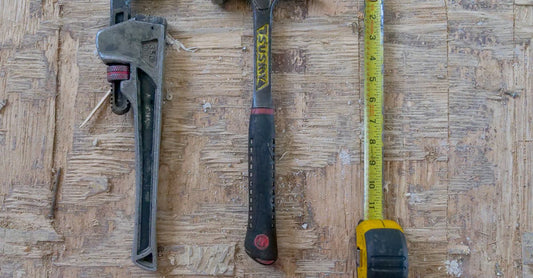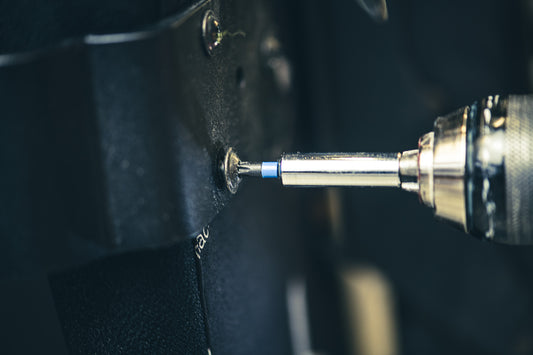Ohms Law
Noun
A mathematical expression of the relationship between current, voltage, and resistance in an electrical circuit.
Example usage: Ohm's Law is an essential tool for electricians.
Most used in: Electrical work and engineering.
Most used by: Electricians, engineers, and technicians.
Popularity: 8/10
Comedy Value: 5/10
Also see: Kirchhoff's Law, Joule's Law, Faraday's Law, Ohm-Watt Law,
What is Ohm's Law?
Ohm's Law is a fundamental law of electricity that states the relationship between voltage, current, and resistance in an electrical circuit. It was discovered by German physicist Georg Ohm in 1827 and is one of the most basic laws in electrical engineering. Ohm's Law states that the voltage (V) in a circuit is equal to the current (I) multiplied by the resistance (R).
The equation for Ohm's Law is written as V = I x R. To calculate any of the three values, you can rearrange the equation to solve for any of the three variables. For example, if you know the voltage and the resistance, you can calculate the current by rearranging the equation to I = V/R.
In electrician construction, Ohm's Law is used to determine the amount of current flowing through a circuit, the amount of voltage needed to power the circuit, and the amount of resistance the circuit has. Knowing these values makes it easier to design and troubleshoot electrical circuits. It also helps electricians determine the correct size of wire and breaker for a circuit.
Ohm's Law is an important concept for electricians to understand, as it is essential for designing, constructing, and troubleshooting electrical systems. The equation is also used to calculate power (P) in a circuit. Power is equal to the voltage multiplied by the current, or P = V x I.
to the pageThe Origin of Ohm's Law
Ohm's Law is a fundamental law of electrical engineering and is named after the German physicist Georg Ohm. In 1827, Ohm published his famous book 'The Galvanic Circuit Investigated Mathematically' which contained the mathematical formula for the law. In it, he stated that the current flowing through a conductor is proportional to the potential difference between its ends. This law is still used today in the design and operation of electrical circuits.
The term 'Ohm's Law' was first used in an article published in 1881 by the British physicist and electrical engineer, James Clerk Maxwell. He used the term to describe the relationship between current, voltage, and resistance in electrical circuits. Since then, the term 'Ohm's Law' has become a standard term used in electrical engineering and has been used to explain the behavior of electrical circuits.
Today, Ohm's Law is one of the most important laws in electrical engineering and is used to calculate the current, voltage, and resistance of electrical circuits. It is also used to determine the power dissipated in an electrical circuit. The law is also used in the design and operation of electrical equipment, such as amplifiers, motors, and generators.




